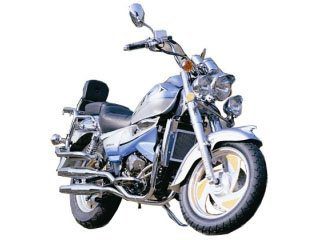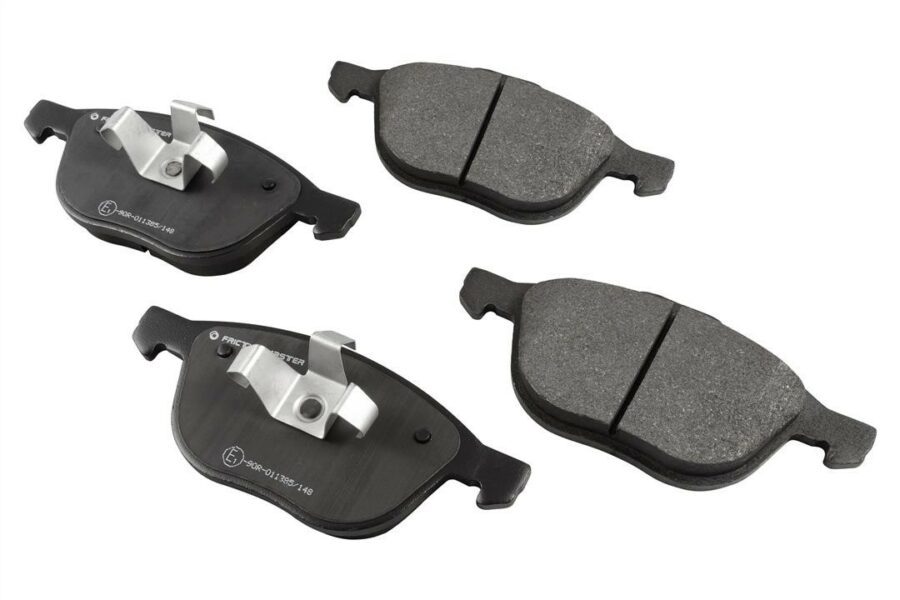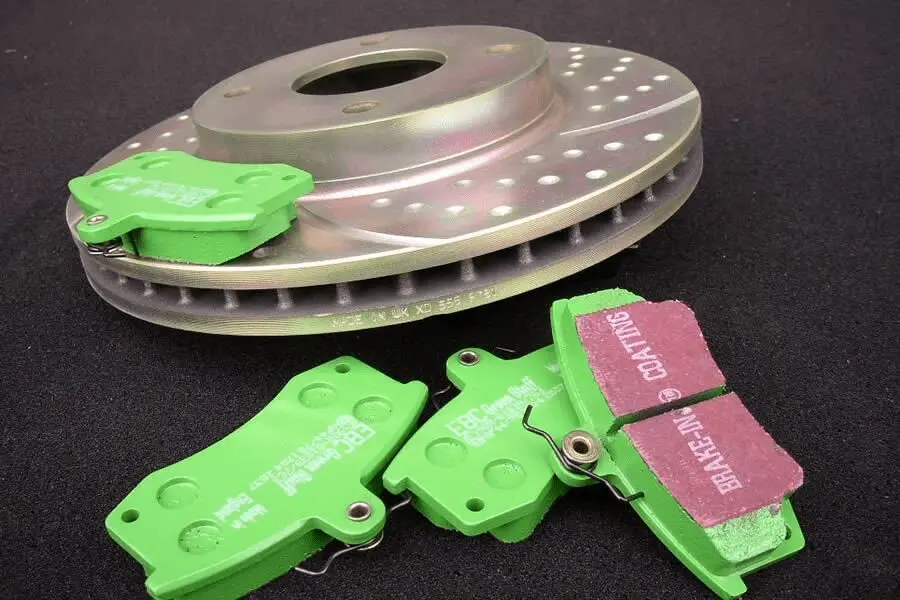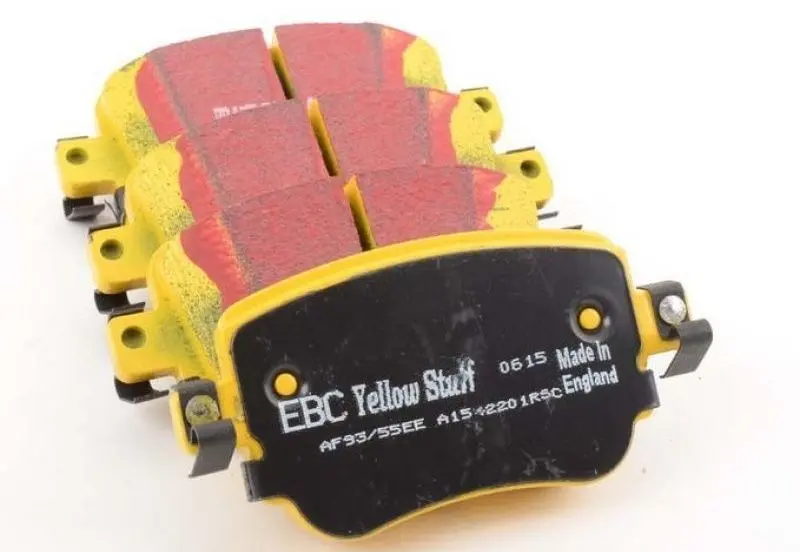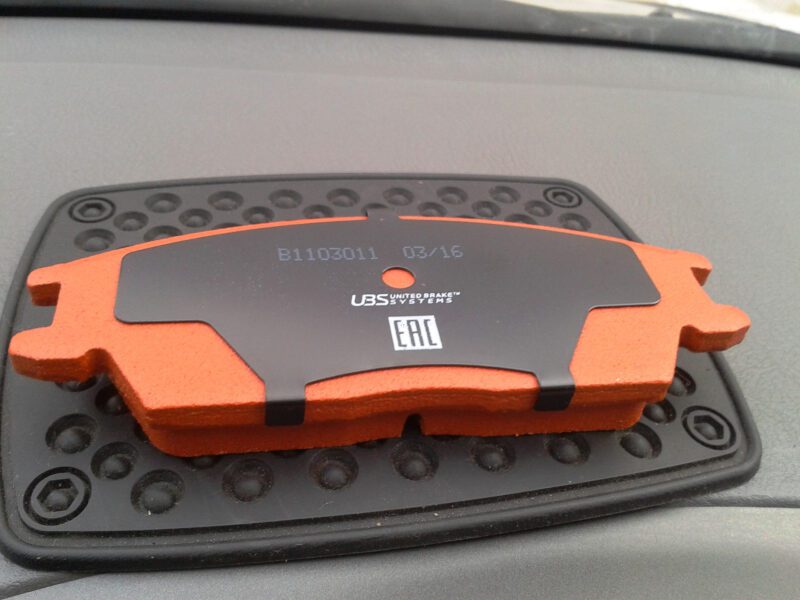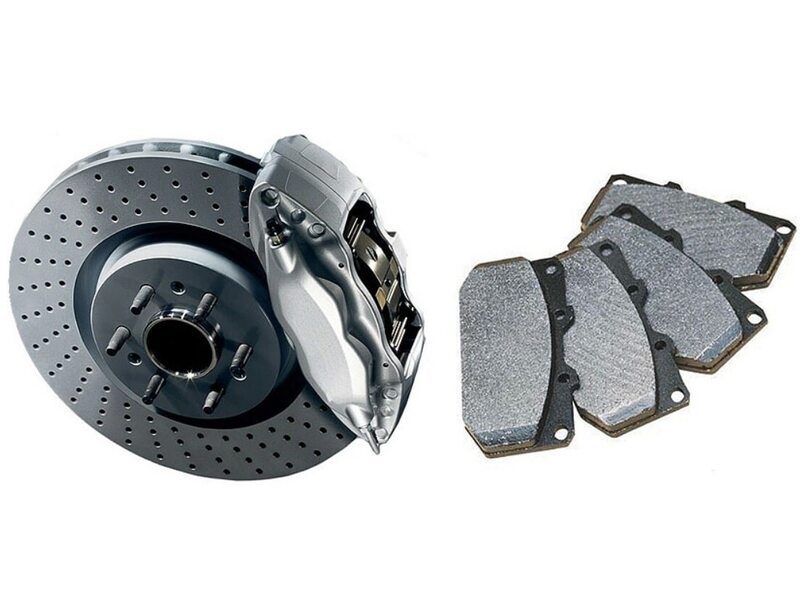
All about car brake pads
Content
No car can be considered safe if it has faulty or no brakes at all. This system includes many different elements. The category of actuators includes the brake caliper (the features of this device are described in separate review) and block.
Consider how to choose a new part, when it needs to be replaced, and what material is best for the car.
What are car brake pads
The brake pad is a replaceable part of the caliper. It looks like a metal plate with a friction lining on it. The part is directly involved in slowing down the transport speed. There are two types of pads in total:
- For disc brake system;
- For drum brakes.
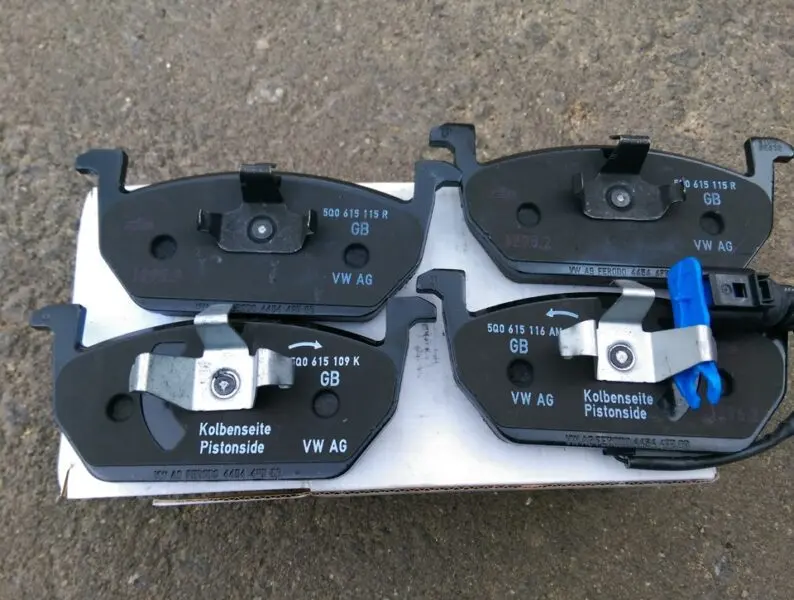
Depending on the modification of the brakes, the pads either squeeze the disc or rest against the walls of the drum. Different types of braking systems can be used in cars. Often there are options when the contours of the line in which the brake fluid is pumped are divided into front and rear.
In such cars, when you press the brake pedal, the front calipers are activated first, and then the rear ones. For this reason, drum pads are changed less frequently than front pads.
In addition to the key classification, these products differ from each other in functionality:
- The kit may also include a wear sensor that connects to the vehicle's on-board electrical system. Since the pads in any car are subject to wear, the sensor notifies the driver about the need to replace the part.
- The brake element has a mechanical wear indicator. The characteristic squeak allows the driver to determine that the elements are worn out and need to be replaced. This type of pads has a lower cost compared to the previous modification.
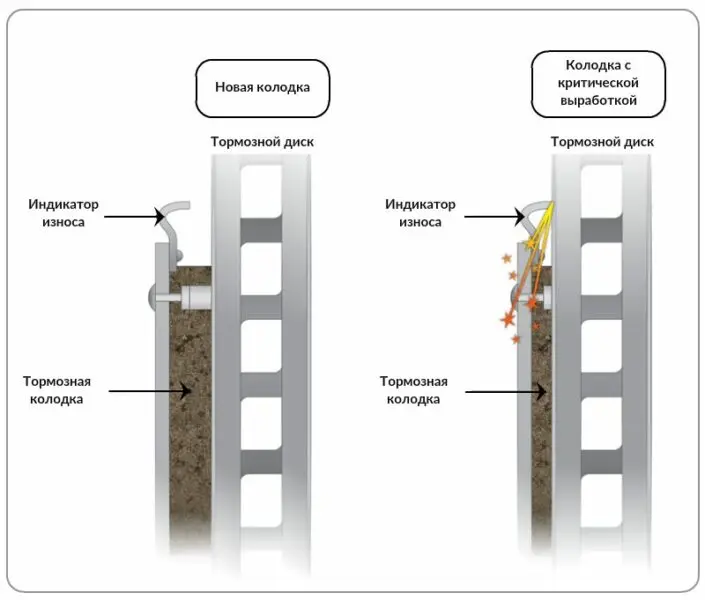
If a combined braking system is used in the car, then the front element in this case will be disc, and the rear one will be drum. This type of system is installed on budget cars. A more expensive car is equipped with disc brakes in a circle.
What affects braking
The machine stops due to the action of the block on the disc, which is attached to the wheel hub. The coefficient of friction possessed by the replacement pad plays a key role in this. Naturally, the higher the friction, the clearer the brakes will work.
In addition to system response and braking performance, this characteristic directly affects the amount of effort the driver must apply to the brake pedal in order for the vehicle to slow down.

The value of the coefficient of friction is influenced by the material from which the friction surface is made. It depends on this whether the brakes will be soft and clear, or the pedal will need to be pressed hard to slow down the wheels.
Brake pad types
As mentioned earlier, all pads are divided into two types: for installation in drums (rear wheels, and in old cars they were installed in front) or on discs (front wheels or in a more expensive model of transport - in a circle).

The peculiarity of the drum brake system is that the design of the mechanism allows the use of a large contact area in order to increase the frictional force during the activation of the brakes. This modification is more effective in freight transport, since the truck is often heavy, and disc brakes in this case will have too little contact surface.
To increase efficiency, it will be necessary to install an additional caliper, which is not economically viable. The advantage of this modification is that the vehicle manufacturer can freely increase the width of the drum and pads, which will increase the reliability of the brakes. The disadvantages of drum vehicles are that they are poorly ventilated, which is why they can overheat during prolonged descent. Also, the drum can wear out faster, since all debris as a result of the development of the pad remains inside the mechanism.
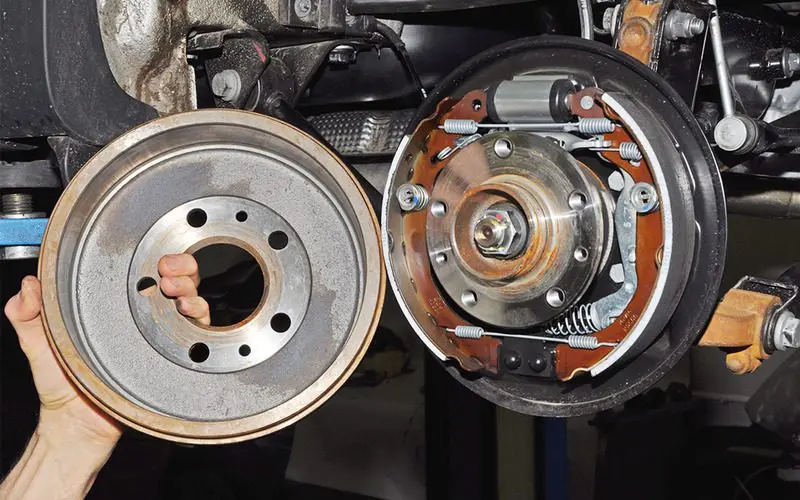
As for the disc modification, the pads and disc in them are better ventilated, and the ingress of dirt and moisture into such brakes is not critical for transport. The disadvantage of such a modification is that the contact area can be increased by installing a disc with an increased diameter, and, accordingly, larger calipers. This is a disadvantage, as not every wheel allows this upgrade.
The performance of the pads depends on the friction lining. For this, manufacturers use different materials. Here is their main classification.
Organic brake pads
The friction layer of such parts includes various materials of organic origin. It can be rubber mixed with glass, fiberglass, carbon compounds, etc. In such elements, the minimum content of metal components (no more than 20 percent).
Pads with organic overlays are great for moderate passenger car rides. At low speed, a slight depress on the brake pedal is enough to activate them.
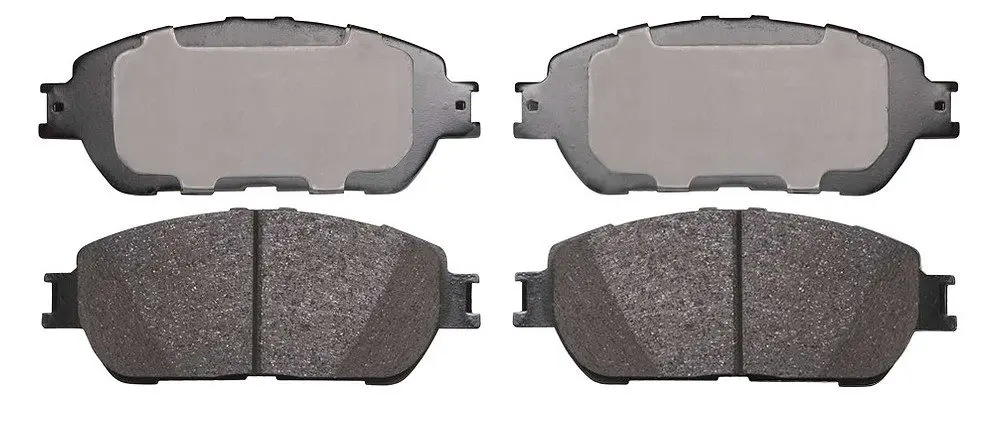
The advantages of these modifications include softness and quietness during braking. This property is ensured by the minimal presence of abrasives. The downside of such pads is a significantly lower working life compared to other analogues. The friction layer in them is soft, and therefore wears out much faster.
Another disadvantage of organic pads is that they do not withstand strong heat. For this reason, they are installed on low-cost transport, which does not differ in special power. Most often, such elements will be installed on small cars.
Semi-metallic brake pads
This pads category will have a higher quality friction layer. They are used in most cars in the budget and mid-price segment. The lining of such a pad will consist of metal (up to 70 percent, depending on the manufacturing technology). The material is bonded with a composite substance, which gives the product proper strength.
This modification is widely used in mechanical applications. Such pads will be equipped with a passenger car, crossover, small truck, van, SUV or a car participating in amateur sports competitions.
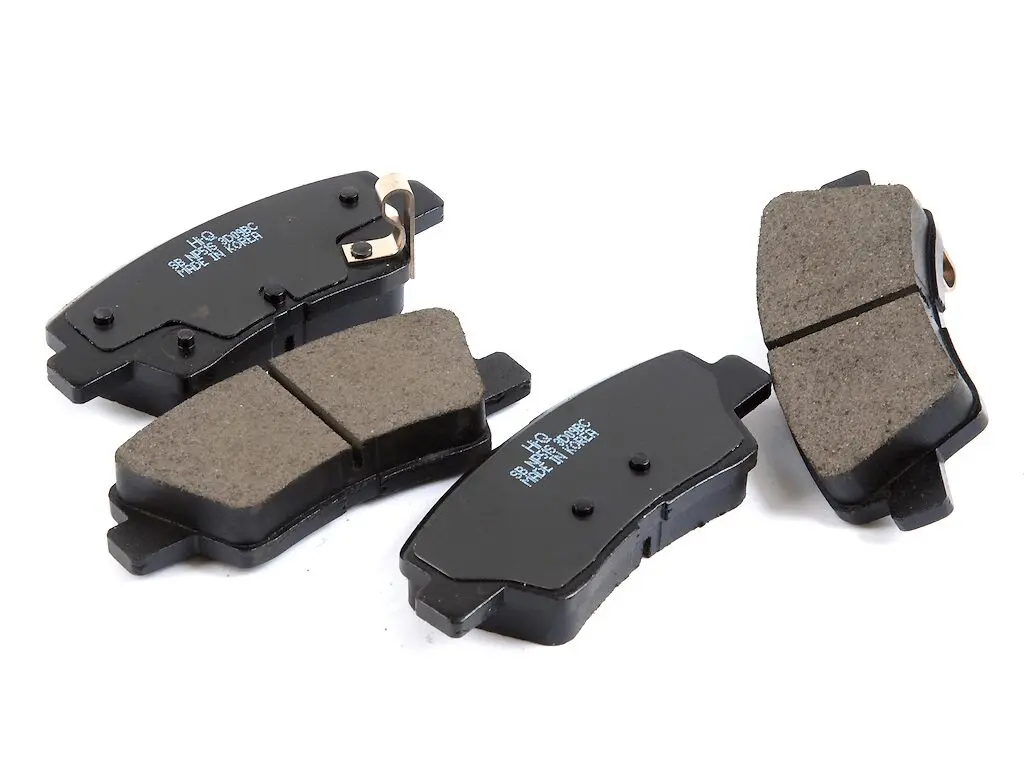
The advantages of semi-metallic linings are the increased working life (in comparison with the organic analogue). Also, this layer has a high coefficient of friction, withstands strong heat and cools quickly.
The disadvantages of such products include the formation of a larger amount of dust (for more details on how to remove graphite deposits from transport discs, see here). Compared to organic counterparts, the semi-metallic pads make more noise during braking. This is due to the fact that it will contain a large amount of metal particles. For effective operation, the pads must reach operating temperature.
Ceramic brake pads
The price of such pads will be higher than all those listed earlier. This is due to the fact that their quality is much higher. Ceramic fiber is used as a friction layer in these elements.
Ceramic pad benefits from superior brake pedal responsiveness. They have a wide range of operating temperatures, although their cold efficiency is low. They do not contain metal particles, so these brakes do not make a lot of noise during operation. Ideal for sports cars.

Despite the clear advantages over the above-mentioned pads, the ceramic analog is not intended for installation on slow transport. They are especially not recommended for use in trucks and SUVs.
So that the motorist can independently determine what material is used for the manufacture of pads, manufacturers apply special designations. Marking can be color and letter.
The color classification indicates the maximum permissible temperature. This parameter is as follows:
- Black color - used in ordinary budget cars, as well as models in the middle price segment. Ideal for daily commutes. The product will be effective if it heats up no more than 400 degrees.

- Green friction layer - overheating is allowed up to a maximum of 650 degrees.

- The red trims are already products for entry-level sports cars. The maximum allowable overheating is 750 Celsius.

- Yellow Stock - Used on professional racing vehicles that take part in races such as circuit races or track races. Such brakes are able to maintain their effectiveness up to a temperature of 900оC. This temperature range can be indicated in blue or light blue.

- The orange pad is used only in highly specialized racing vehicles, the brakes of which can heat up to one thousand degrees.

On each pad, in addition to information about the manufacturer and certification, the company may indicate the coefficient of friction. This will be an alphabetic character. Since this parameter changes depending on the heating of the pad, the manufacturer can apply two letters. One indicates the coefficient of friction (CT) at temperatures around 95оC, and the second - about 315оC. This marking will appear next to the part number.
Here are the parameters each character corresponds to:
- C - CT up to 0,15;
- D - CT from 0,15 to 0,25;
- E - CT from 0,25 to 0,35;
- F - CT from 0,35 to 0,45;
- G - CT from 0,45 to 0,55
- H - CT from 0,55 and more.
With basic knowledge of this marking, it will be easier for the driver to choose the right quality pads suitable for specific operating conditions.
Classification by "price-quality"
Since each manufacturer uses their own friction mixtures, it is extremely difficult to determine which lining is best. There is a wide variety of them, even within the products of one manufacturer.
Each product group is suitable for different classes of vehicles. A cheap shoe can be installed in the car at the factory, but in addition the car owner can buy a more reliable analogue that will allow the vehicle to be used in more severe conditions.
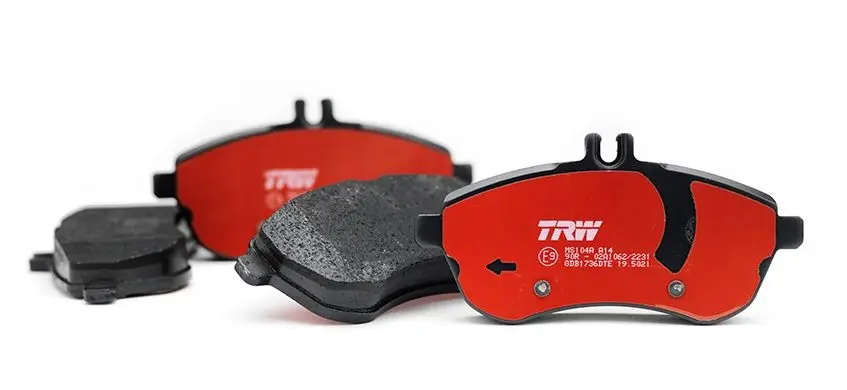
Conventionally, friction linings are divided into three categories:
- Higher (first) class;
- Middle (second) grade;
- Lower (third) class.
The first class category includes so-called original spare parts. Most often, these are products that are manufactured by a third-party company for a well-known brand. Its products are used on assembly lines.
It so happens that the car manufacturer gets better quality pads than those that go to the auto parts market. The reason for this is pre-heat treatment. In order for a vehicle coming off the assembly line to meet the certification, the brake pads are "burned".

Auto parts stores under the "original" label will sell an analogue with a simpler composition and without preliminary processing. For this reason, there is not much difference between an original spare part and a similar one sold by another well-known brand, and new pads need to be “lapped” for about 50 km.
Another difference between "conveyor" products from similar ones, which is sold in car dealerships, is the difference in the coefficient of friction and its working life. On cars coming off the assembly line, brake pads have a higher CT, but they run less. As for the analogs sold in the auto parts market, they have the opposite - CT suffers, but they wear out longer.
Products of the second class are of lower quality compared to the previous ones. In this case, the company may slightly deviate from the manufacturing technology, but the product meets the certification. For this, the designation R-90 is used. Next to this symbol is the country number (E) in which the certification was carried out. Germany is 1, Italy is 3, and Great Britain is 11.
Second class brake pads are in demand because they have an ideal price / performance ratio.
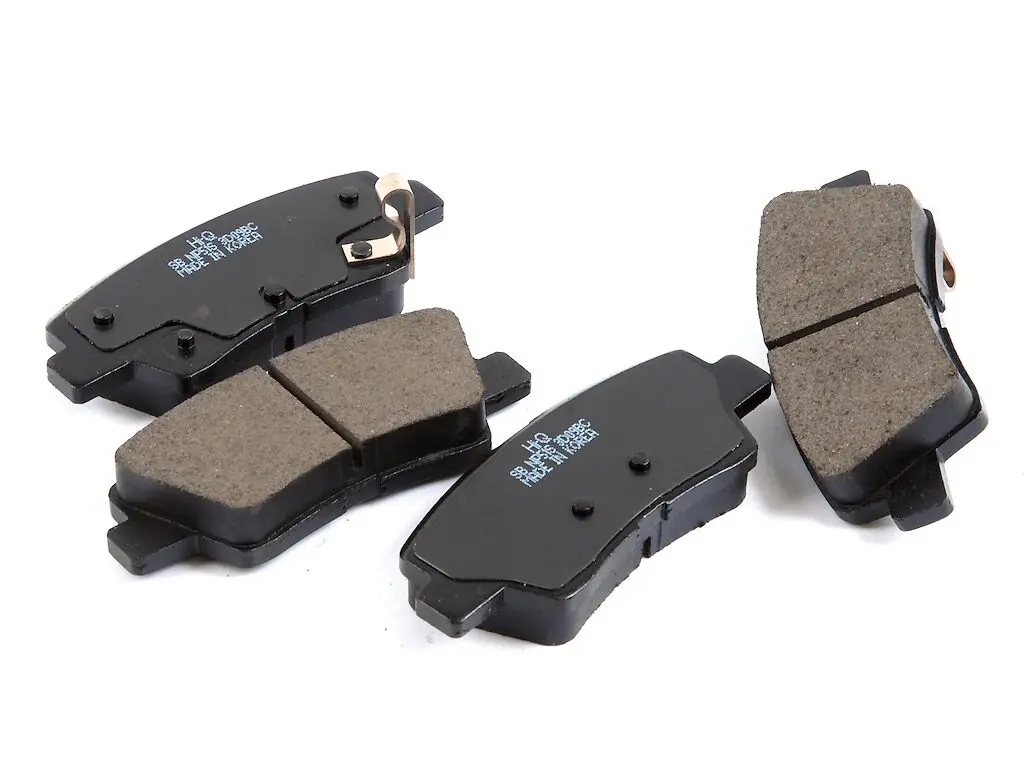
It is quite logical that the products of the third class will have a lower quality than the previous ones. Such pads are produced by small enterprises that may be part of the production group of a particular car brand, or may be separate small companies.
Buying such pads, the motorist acts at his own peril and risk, as this affects the safety of transport when emergency braking is required. In one case, the friction lining can wear unevenly, and in the other, it can be so stiff that the driver's leg will quickly get tired if the pedal is pressed frequently.
What are the manufacturers
Before buying pads, you should pay attention to its packaging. An ordinary cardboard box without identification marks is cause for concern, even if it shows a familiar label. The manufacturer, worried about its name, will not spare money on quality packaging. It will also show the certification mark (90R).
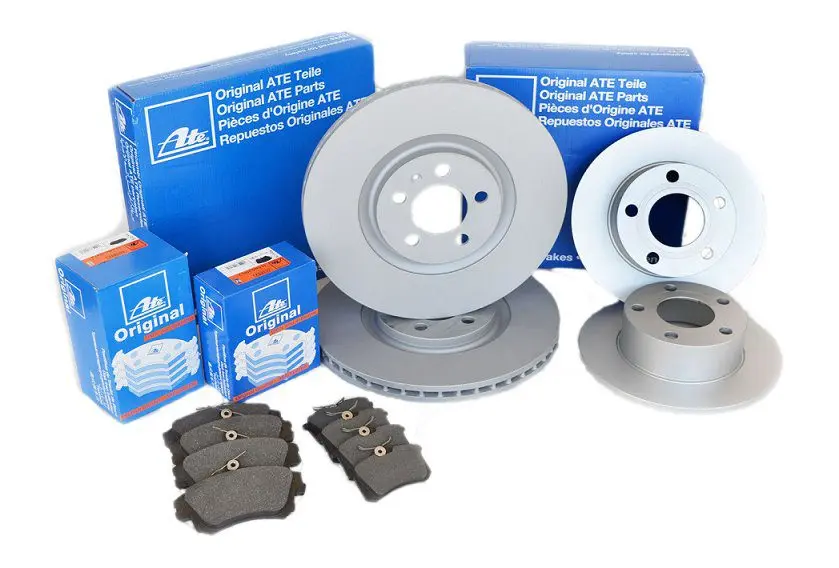
Brake pads from the following companies are popular:
- Most often, the admiration among motorists is the Brembo inscription;
- For sports competitions of an amateur level, Ferodo produces good pads;
- Pads of the ATE brand are considered premium products;
- Bendix has a world name among the manufacturers of quality braking systems;
- The best option for the city regime can be chosen among the goods that are sold by Remsa;
- The German manufacturer Jurid uses advanced technologies in production, thanks to which the products are popular among motorists;
- Pagid manufactures "assembly line" products for the assembly of cars such as the Volkswagen Golf, Audi TT and Q7, as well as some Porsche models;
- For fans of a sporty driving style, there are reliable products made by the Textar brand;
- Another German manufacturer that produces not only high-quality brake pads, but also a lot of all kinds of equipment is Bosch;
- Although Lockheed is primarily a manufacturer of aircraft engines, the manufacturer also offers quality brake pads;
- If a new car was purchased, then instead of the standard elements, you can install analogues from Lucas / TRW.
Pad wear and brake disc wear
Brake pad wear depends on many factors. The very first is product quality. We have already considered this issue. The second factor is the mass of the vehicle. The higher it is, the greater the coefficient of friction should be at the frictional part of the part, since the inertial force of such a car is high.
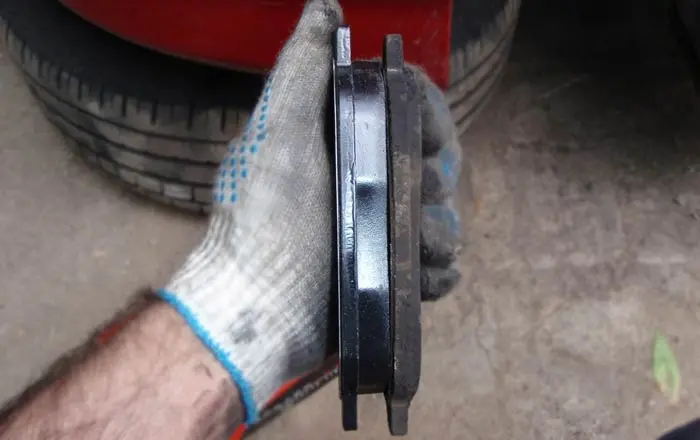
Another factor that can drastically reduce or vice versa - increase the working life of the pads is the driver's driving style. For motorists, who mostly drive measuredly and do not brake sharply, these parts can travel 50 thousand kilometers or more. The more often the driver applies the brake, the faster the friction lining will wear out. This element also wears out faster when defects appear on the disc.
If a brake pad (especially a cheap, low-quality one) can fail abruptly, then in the case of a disc this happens more predictably. Under normal operating conditions, this part remains in good condition until the owner of the vehicle changes 2 sets of pads. When the disc wears out two millimeters, it must be replaced with a new one. This parameter can be determined by the height of the chamfer formed on the part.
Some people check the condition of the disc by touch by sticking a hand between the spokes of the wheel, but it is better to remove the wheel completely for this procedure. The reason for this is the possible increased surface wear on the inside of the part. If there is a depletion on the disc, but the pads have not yet worn out, then the replacement of the first part can be postponed for a short time, especially if the driver drives smoothly.
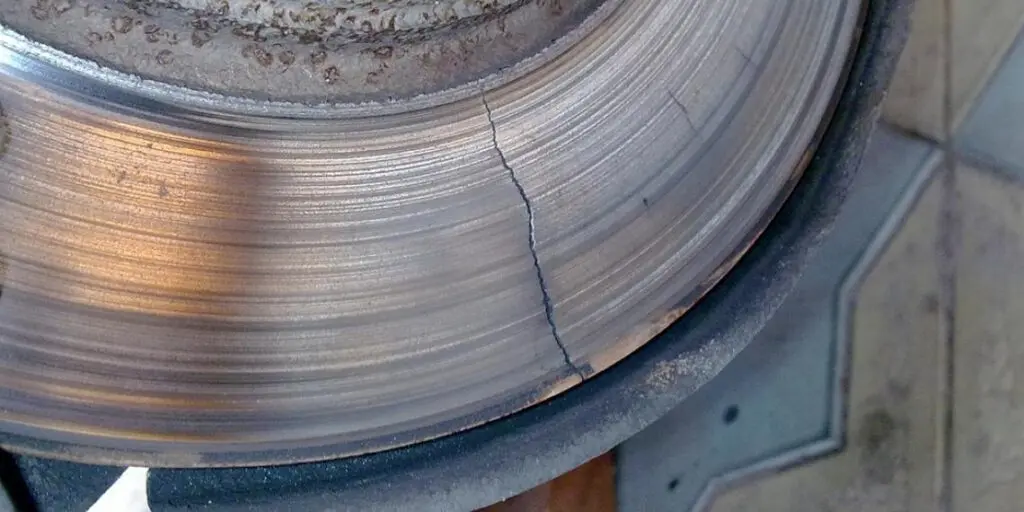
As for drum brakes, they wear out much more slowly, but they also develop. Without removing the drum casing, the condition of the contact surface is almost impossible to assess. If the wall thickness of the drum has worn out by one millimeter, it is time to replace it.
When should I change my brake pads?
Usually, automakers indicate such a replacement period - from 30 to 50 thousand kilometers traveled (as opposed to oil change interval this parameter depends on the mileage). Most motorists will replace these consumable parts whether they are worn out or not.
Even if the car owner's financial resources are limited, it is not recommended to buy cheap products, since the health and safety of not only the driver and his passengers, but also other road users depends on these elements.
Diagnostics
The condition of the brake pads can be determined by several characteristic factors. Before "sinning" on the brakes, you should first make sure that all wheels have the correct tire pressure (when the car brakes, a pressure mismatch in one of the tires can appear identical to brake failure).
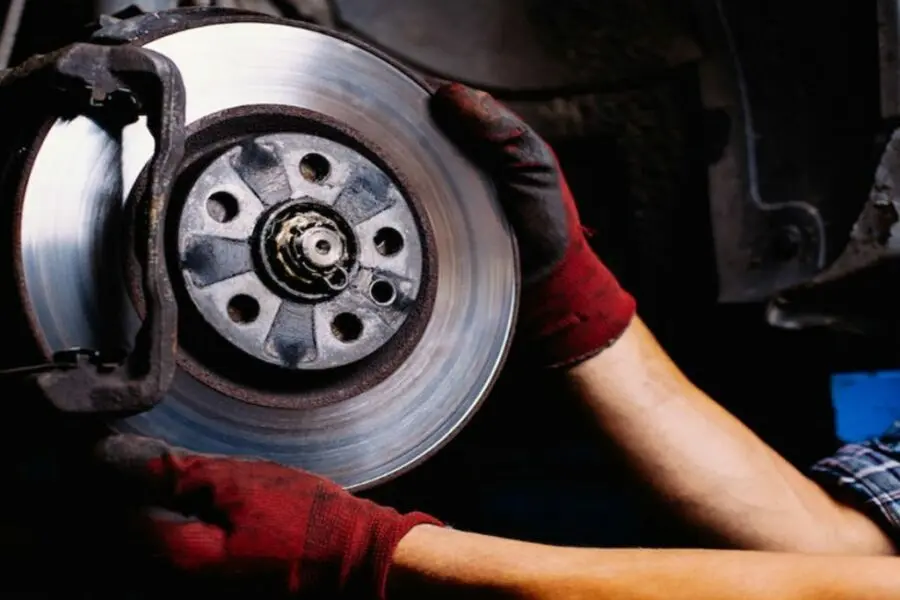
Here's what to look for when the brake pedal is depressed:
- When the brake is applied sharply, a beat is felt in the pedal. This can happen, for example, with a slight pressure when approaching a traffic light. During operation, the friction layer on all pads wears out unevenly. The element on which the pad is thinner will create beating. It may also indicate uneven disc wear.
- When the pad is worn out as much as possible, it beeps loudly upon contact with the disc. The effect does not disappear after several pedal presses. This sound is emitted by a special signal layer, which is equipped with most modern rubbers.
- Friction pad wear can also affect pedal sensitivity. For example, the brakes can become harder or vice versa - softer. If you have to make more effort to press the pedal, then you should definitely pay attention to the pads. In the case of a sharp blocking of the wheels, replacement should be carried out as soon as possible, since this can often be a sign of complete wear of the lining, and the metal is already in contact with the metal.
- The presence on the rims of a strong deposit of graphite mixed with metal particles. This indicates that the friction layer has worn out, and a wear is formed on the disc itself.
These diagnostic actions are indirect. In any case, without removing the wheels, and in the case of drums without completely disassembling the mechanism, it is impossible to fully assess the condition of the brakes. It is easier to do this at a service center, where specialists will check the entire system at the same time.
At the end of the review, we offer a small video comparison of some types of pads for a budget car:
Questions and answers:
What kind of brake pads are there? Types of brake pads for cars: low-metal, semi-metal, ceramic, asbestos-free (organic). Each of them has its own advantages and disadvantages.
How do you know if your brake pads are worn out? The soot on the rim is uniform and charcoal, the pads are still good. If there are metal particles in the soot, it is already worn out and begins to scratch the brake disc.
